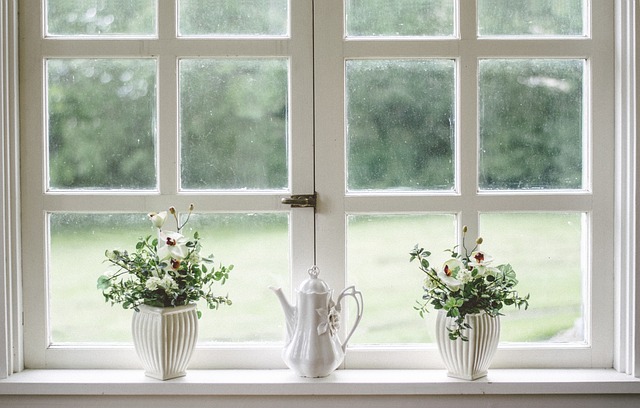Repainting aluminium windows is a fantastic way to revitalize the look of your home or office. Not only does it improve aesthetics, but it also adds a layer of protection against the elements.
Here’s a comprehensive guide to help you repaint your aluminium windows effectively.
1. Preparation is Key
Cleaning: Begin by thoroughly cleaning the aluminium window frames to remove dirt, dust, and debris. This step is crucial for ensuring the new paint adheres properly.
Sanding: Once clean, sand the frames to create a rough surface for the paint to stick to. Be thorough but gentle to avoid damaging the aluminium.
Masking: Protect the surrounding areas, such as walls and glass panes, by masking them off with painter’s tape and drop cloths.
2. Priming for Success
Etching Primer: Apply an etching primer to the aluminium. This type of primer is specially formulated to bond with metal surfaces, providing a strong foundation for the topcoat.
Allow Drying: Give the primer enough time to dry completely, as per the manufacturer’s instructions.
3. Painting with Precision
Choose the Right Paint: Select a paint that is suitable for metal surfaces and outdoor conditions.
Application: Apply the paint in thin, even coats. It’s often better to apply multiple light coats than one thick coat. Use a sprayer for a smooth finish or a brush for more control.
Drying Time: Allow sufficient drying time between coats as recommended by the paint manufacturer.
4. Finishing Touches
Additional Coats: If necessary, apply additional coats for better color depth and protection.
Remove Masking: Once the final coat is dry, carefully remove all masking materials.
5. Cleanup and Maintenance
Cleanup: Dispose of any used materials properly and clean your equipment according to the paint manufacturer’s guidelines.
Regular Maintenance: Regularly clean your newly painted windows to maintain their appearance and longevity.
Troubleshooting Common Problems
Avoiding and Fixing Paint Runs
Paint runs can detract from the overall finish of your project. To avoid them, apply paint in thin, even layers, allowing sufficient drying time between coats. If drips occur, wait for the paint to dry completely before sanding the run gently and retouching the area with a thin coat of paint.
Dealing with Weather Conditions
The success of an outdoor painting project is often at the mercy of the weather. Ideal conditions are dry, with low humidity and temperatures between 50°F and 85°F. Painting outside of these conditions can lead to slow drying times, poor adhesion, and imperfections in the finish. Always check the weather forecast before starting your project and plan accordingly.
Adhesion Issues
To ensure the best adhesion of paint to aluminium surfaces, really focus on the preparation and clean and sand the frames before applying the etching primer. This will remove any existing coatings, oxidation, or contaminants that could prevent the paint from sticking. For particularly troublesome areas, a second coat of primer may be beneficial.
Maintenance Tips for Long-Lasting Finish
Maintaining the appearance of your painted aluminium windows requires regular cleaning. Use a soft cloth or sponge with mild soapy water to gently clean the surface, avoiding abrasive materials that can scratch the paint. This not only keeps your windows looking great but also allows you to inspect the paint for any chips or cracks that need to be touched up.
Keep in mind, that painted surfaces will eventually require touch-ups. When performing maintenance, use leftover paint from the original batch to ensure a perfect color match. For small areas, a fine brush can provide precision and blend the new paint seamlessly with the old.
Last Words
Repainting aluminium windows can be a rewarding DIY project that enhances the look and lifespan of your windows. With the right preparation, materials, and techniques, you can achieve a professional-looking finish that stands the test of time.

0 Comments